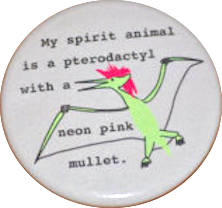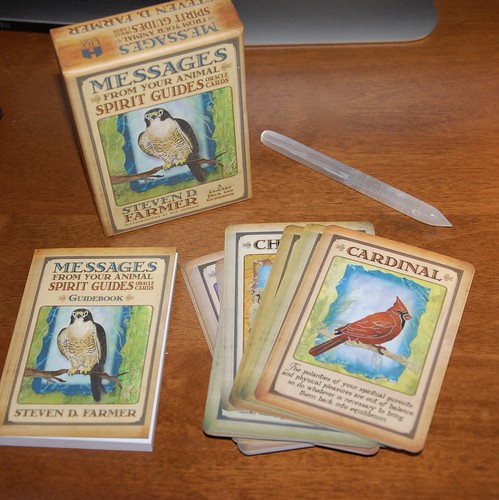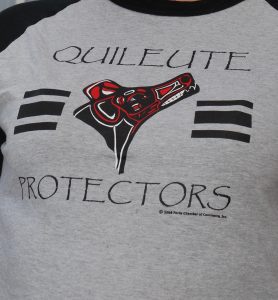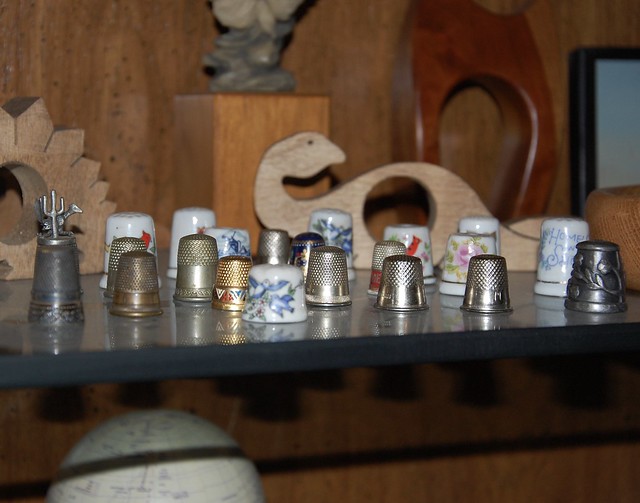I was a terrible liar as a child. I don’t mean I was terrible at it. I was in fact really good at it. By my failed lies and by observing others’ successful lies, I learned many of the things that betray and expose a liar and knew to avoid them.
At only a slightly older age, I gave up lying, and I can’t say it was any great moral choice. I think it had more to do with my love of words. The older I grew, and the more enlightened I became with the power of words, the less inclined I was to misuse them. Words can be cruel, they can be manipulative, they can get us power. But if those are what I get out of this rich system of communication that humans have developed, then I am impoverished.
There is one advantage of having been an excellent liar (other than turning it into the fun of writing fiction). I recognize lies and I recognize a liar. I might resist that recognition, but the visceral response to a lie remains and no matter how deeply buried, sooner or later, as Shakespeare wrote, “The truth will out.”
I found an article online about these characteristics of lifelong liars:
1. Frequent Lying
Compulsive or pathological liars don’t just lie now and then, but consistently about both small and large things. Pathological liars are also known for studying people, to ascertain what kind of lies they can tell that will be believed.
2. Inability to Confront Truth
Compulsive liars refuse to confront the truth, even when presented with overwhelming evidence that they are lying. They will continue trying to convince you that your evidence is wrong and they are right. In some cases, they may lie about things they’ve done or their past in order to make themselves more interesting.
3. Changing Stories
Liars tend to change their stories as they go and may change it for different audiences as well. The listener can look for this by asking questions to establish a sequence of events. The liar may also add in events that stretch belief.
4. Insecurity
Liars also tend to be insecure with low self-esteem. They may exhibit compulsive, selfish and obsessive behaviors. Lying might be a way for them to avoid uncomfortable realities or to change perceptions about themselves. Lying might also be a way for them to boost their ego. Pathological liars can exhibit a range of narcissistic behaviors such as manipulation, jealousy, impulsiveness, aggression and anger.
5. No Eye Contact or Aggressive Eye Contact
One of the most commonly known things about liars is that they seek to avoid eye contact while telling a lie. This is true in some cases, but not all cases. Pathological and lifelong liars become very experienced in not exhibiting the standard signs of liars. They may do the opposite of avoiding eye contact and instead give aggressive eye contact to convince you that they’re telling the truth. Piercing eye contact can be a sign that a person is lying just as easily as avoiding eye contact. Some liars also inject humor or sociability into their lying to throw you off.
6. Lack of Emotion
One distinctive characteristic of a pathological liar is a lack of empathy, which may also translate to a lack of emotion. Because pathological liars have no understanding or caring of how their lying makes others feel, they lack empathy. This may show up in other areas of their lives as well. If you are both questioning a person’s truthfulness and noticing their lack of empathy in general, you might be dealing with a pathological liar.
7. Anger When Accused of Lying
Pathological liars do not show discomfort when lying because of the aforementioned lack of empathy, however, they may show anger or aggression if they appear to be caught in the lie. A compulsive liar may simply be on the defensive quickly and try to turn it on you for accusing them.
In both of these cases, it may not matter if you tell them you know they are lying. Since both types of liars are generally unwilling to confront the truth.
A liar succeeds when the lie is what we want to hear, to believe, to rest our behavior on. But no matter how beguilingly we dress it and take it out and present it to the world, a lie can never become the one thing liars, and sometimes their hearers, want it to be: the truth.




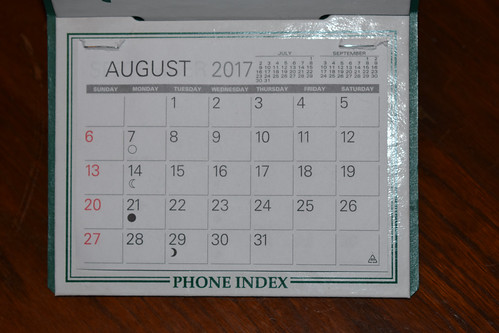
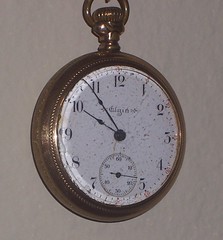 If you’ve ever googled the number of songs related to time (and I have) you can find more than a thousand. Preoccupation with time seems pretty standard, and it’s certainly true of me. For a long time (ha!), I’ve tried to develop some means of time management that will work for me. One of the phrases I’ve hoped to eliminate from my vocabulary is “I don’t have time to…” because it makes me flinch inwardly every time I hear myself say it.
If you’ve ever googled the number of songs related to time (and I have) you can find more than a thousand. Preoccupation with time seems pretty standard, and it’s certainly true of me. For a long time (ha!), I’ve tried to develop some means of time management that will work for me. One of the phrases I’ve hoped to eliminate from my vocabulary is “I don’t have time to…” because it makes me flinch inwardly every time I hear myself say it.
